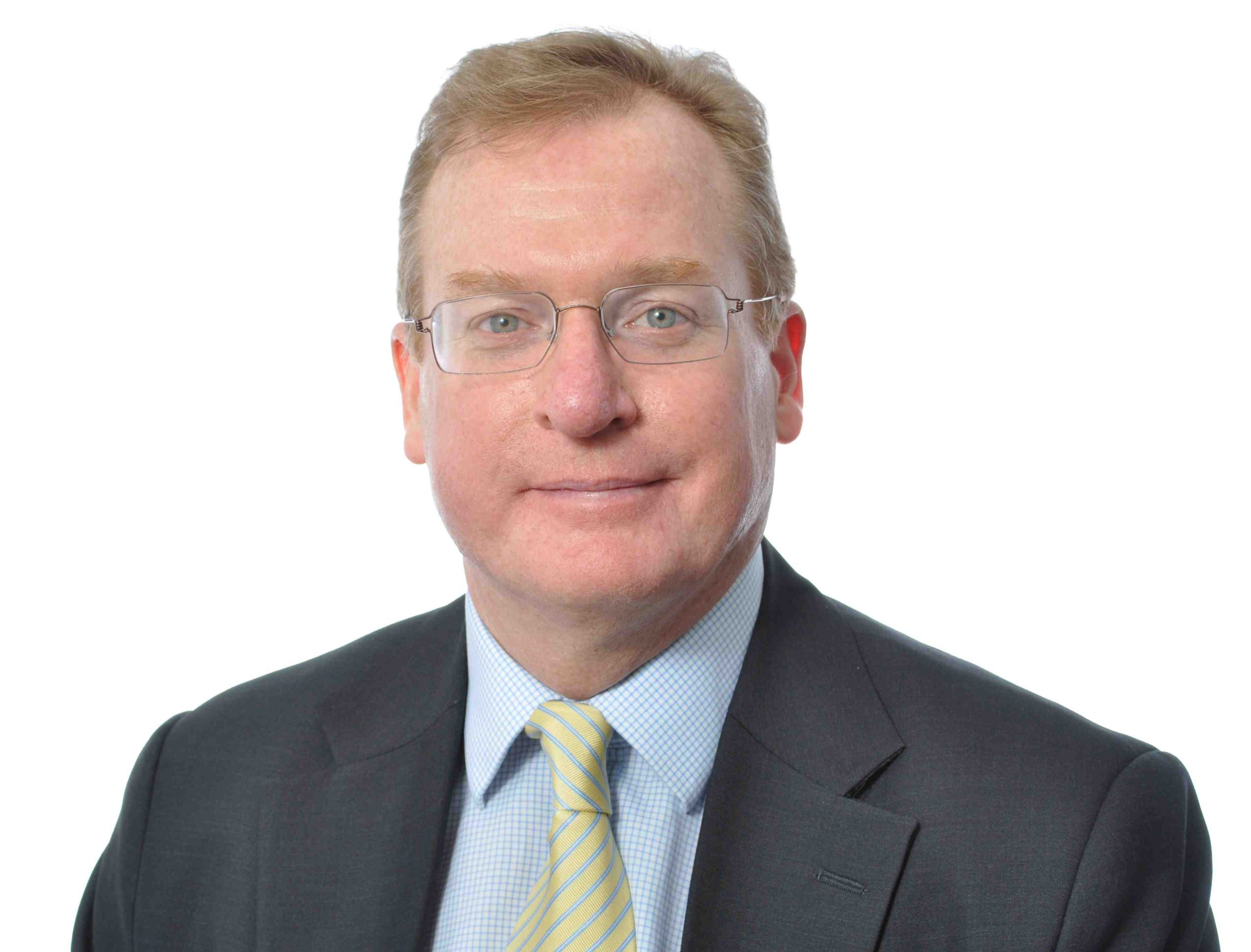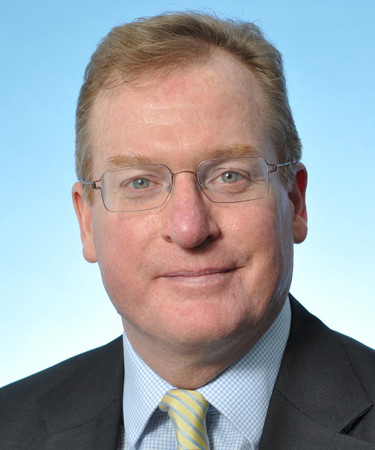The Argentine stock market has risen close to 50% in US dollar terms this year as stronger economic activity has combined with the hope of political change to entice investors back to this volatile frontier market. The attraction of Argentina is not dissimilar to other countries in Latin America, being resource-rich and having supportive demographic trends. However, the problems are also familiar, as populist and protectionist policies have been a hallmark of Argentine politics. This has become a major problem in recent years as Cristina Fernandez de Kirchner, who succeeded her late husband, Nestor Kirchner, as President in 2007, has resorted to price controls and nationalisations, as well as refusing to pay creditors. Much needed foreign investment in the country has consequently been scared away while the government’s fiscal situation has continued to deteriorate.
For observers of the finer details of Argentine economics, there is much confusion about both inflation and the currency. The official inflation rate is just over 10%, but the actual figures are estimated at more than double this – fines have been meted out to economists who publish ‘unofficial’ rates. Dwindling foreign currency reserves have also prompted restrictions on the purchasing of US dollars, causing much interest in the value of the black market “blue dollar”, where trading activity is high. Whilst the official exchange rate is around just shy of 6 pesos to the US dollar, the blue dollar is closer to 10, implying a huge devaluation.
Hopes of political change were raised recently when Kirchner’s ruling party saw its share of the national vote drop by close to 20 percentage points at the October mid-term elections. This essentially rules out the possibility of Kirchner changing the constitution to allow herself to run for a third term in the 2015 Presidential elections. The general consensus is that the alternatives to Kirchner will offer a more orthodox economic policy, paving the way for a more investor-friendly environment. However, the opposition is fragmented and potential Presidential candidates may resort to populist rhetoric to garner support.
This leaves investors in a quandary. Despite the recent rally in the market, the MSCI Argentina Index is still trading at less than half its 2008 peak, valuations in the stock market appear attractive, while political momentum has clearly shifted. Offsetting this is the risk of a significant devaluation of the currency and the painful process that the economy will have to go through before it comes out of the other side. The rewards from a recovery in Argentina are tempting, but they are not for the faint of heart.
In terms of activity, we have introduced Argentine oil and gas firm YPF to the strategy on the view that its shale oil and gas potential outweighs the macroeconomic risks. Argentina is believed to possess a significant amount of the world’s shale gas. Recently, the company reported a jump of 87% in net profit over the third quarter versus the same period in 2012 thanks to higher natural gas and gasoline prices.
Chris Palmer, manager of the Henderson Gartmore Latin American Fund


